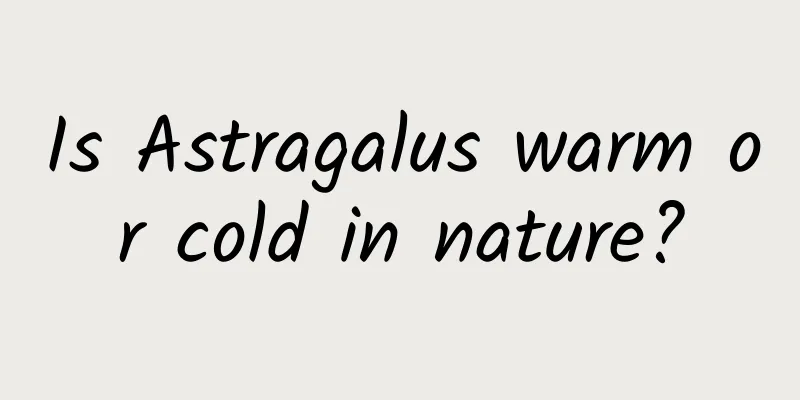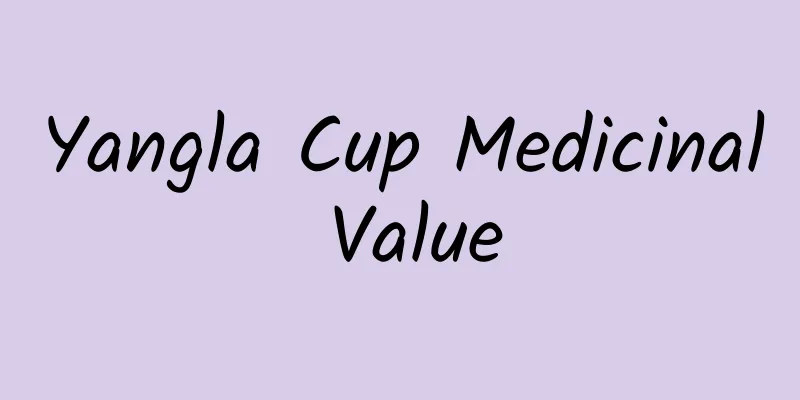Cooking with Creeping Grass

|
Creeping grass is rarely used in cooking. It is mainly made into Chinese medicinal materials after a period of processing. These oral medicines are widely used to treat various diseases, including oral ulcers and sore throats. After taking it, it can achieve the effect of clearing away heat and detoxifying, and can also be applied externally after processing. Function and indications Clears away heat and dampness; detoxifies and reduces swelling; stops bleeding and nourishes blood. It is used to treat damp-heat jaundice, gonorrhea, diarrhea, lung abscess, intestinal abscess, sores, boils, swelling and poison, snake and insect bites, burns caused by water or fire, sore throat, oral ulcers and eczema, and herpes zoster. Notice People with weak spleen and stomach should take it with caution. Chinese Medicine Clinical Application 1. For internal use: decoction, 15-30g; fresh product 50-100g; or mash into juice. For external use: take appropriate amount, mash and apply; or grind into powder and apply externally; or take juice and apply externally; or boil in water and apply wet compress. Chinese Medicine 2. For burns caused by water or fire, you can wash and mash the fresh grass and apply the juice externally; for the initial stage of carbuncle, in addition to taking the decoction internally, you can also wash and mash the fresh grass and apply it externally, which can also eliminate carbuncle and swelling, and has the effect of clearing away heat and detoxifying. 3. Used for snake bites: Creeping pot grass is good at detoxifying snake venom and is a commonly used folk medicine for treating snake bites. You can use half a pound of fresh grass alone, wash it with cold boiled water, mash it and squeeze out the juice for oral administration, one to two times a day; you can also use it with other medicines such as Scutellaria barbata, Chrysanthemum indica, Bidens pilosa, Plantain, and Rhubarb to make a decoction for oral administration, and wash and mash the fresh grass for external application. 4. Used for infectious hepatitis: In clinical practice, this product is used alone to treat infectious hepatitis (including acute icteric hepatitis, acute non-icteric hepatitis, chronic hepatitis, and active stage of chronic hepatitis). It has a certain effect on lowering serum transaminases, and can reduce or eliminate the patient's symptoms of dampness and heat such as bitter taste in the mouth, poor appetite, and yellow and red urine. 5. Treatment of liver cancer: 30 grams each of creeping grass, Scutellaria barbata, raw corrugated stone swallow, 15 grams each of eloud and coix seed, 9 grams each of angelica, salvia miltiorrhiza, safflower, 6 grams each of augustia, white peony root, and tangerine peel. Boil in water for 3 times and take 1 dose per day. It can eliminate symptoms and reduce liver swelling. 6. To treat leukemia, use 30 grams each of Creeping Peony vine and Pigweed, 15 grams each of Sheep's Hoof, Dog Tongue Grass, Lithospermum officinale, Rehmannia glutinosa, Polygonatum sibiricum, and angelica and Salvia miltiorrhiza. 9g of red peony root and 6g of Chuanxiong and licorice, decocted in water twice and taken in divided doses. It can completely or partially relieve clinical symptoms. Suitable for all acute types. 7. To treat lung cancer, take 30g each of Creeping Jasmine and Sophora flavescens, decocted in water and taken once a day. If you take it regularly, the condition will improve, the clinical symptoms will basically disappear, and the lesions will gradually shrink. 8. To treat nasopharyngeal cancer, mash an appropriate amount of fresh Creeping Jasmine and apply it topically 1 to 2 times a day. Take another piece of rush and crush it and hold it in your mouth. At the same time, use: 30 grams each of wild arbutus, Stephania tetrandra, and Achyranthes bidentata, all fresh, decocted and taken orally. Continue using it until the nasopharyngeal swelling disappears and the symptoms are almost cured. 9. Anti-inflammatory and swelling-reducing, used for inflammatory swelling and pain: cellulitis. Grind the creeping iris into powder, mix it with vaseline to make a 50% ointment, and apply it topically. 10. To treat unknown swelling and poison, add an appropriate amount of fresh Creeping Peony root to a little walnut oil and liquor, mash it and apply it externally. |
<<: Does Huangbo harm the kidneys?
>>: Will long-term consumption of Gynostemma pentaphyllum damage the kidneys?
Recommend
How can the elderly prevent lower extremity venous thrombosis? What symptoms indicate lower extremity venous thrombosis?
During the ward rounds today, 65-year-old lung ca...
Late-night blockbuster! Google releases the most powerful AI model Gemini, which "beats" GPT-4 in 30 benchmark tests
After much anticipation, Google's most antici...
What are the effects of Astragalus?
Astragalus is a very common herb in traditional C...
What is the function of human albumin
Speaking of human albumin, many friends don’t kno...
Why is the water conservancy project from 2,300 years ago still in use today? The principle of Dujiangyan is amazing
If you were asked to quickly name two famous wate...
In the future, can we travel by hydrogen-powered aircraft? | Tutu Science Fiction
Q In addition to airplanes, where else can hydrog...
The efficacy of wild Fritillaria cirrhosa
It is easy to buy Fritillaria cirrhosa in pharmac...
Fast for two days a week, is the 5:2 fasting method the “savior” for “fatty liver”?
gossip "If you go hungry for two days a week...
The difficult-to-detect "swimming" of microorganisms is actually the "new key" to exploring extraterrestrial life?
Author: Huang Xianghong Duan Yuechu In the vast u...
The efficacy and function of New Ligusticum chuanxiong
New Alpinia galanga is a traditional Chinese medi...
A scientific Chinese New Year | Spring Festival Gala + Technology! Come and watch the Spring Festival Galas in various places and listen to the "gluttonous feast"
Dragons soar and tigers leap, auspicious stars sh...
As spring arrives and flowers bloom, migratory birds return north. Please check out this bird watching guide in Beijing.
Spring is here, flowers are blooming, and migrato...
Science Explains | What is the reason for singing out of tune? Can it be cured?
Singing is really a very popular form of entertai...
The efficacy and function of Ajuga multiflora
As a traditional Chinese medicinal material, Ajug...









